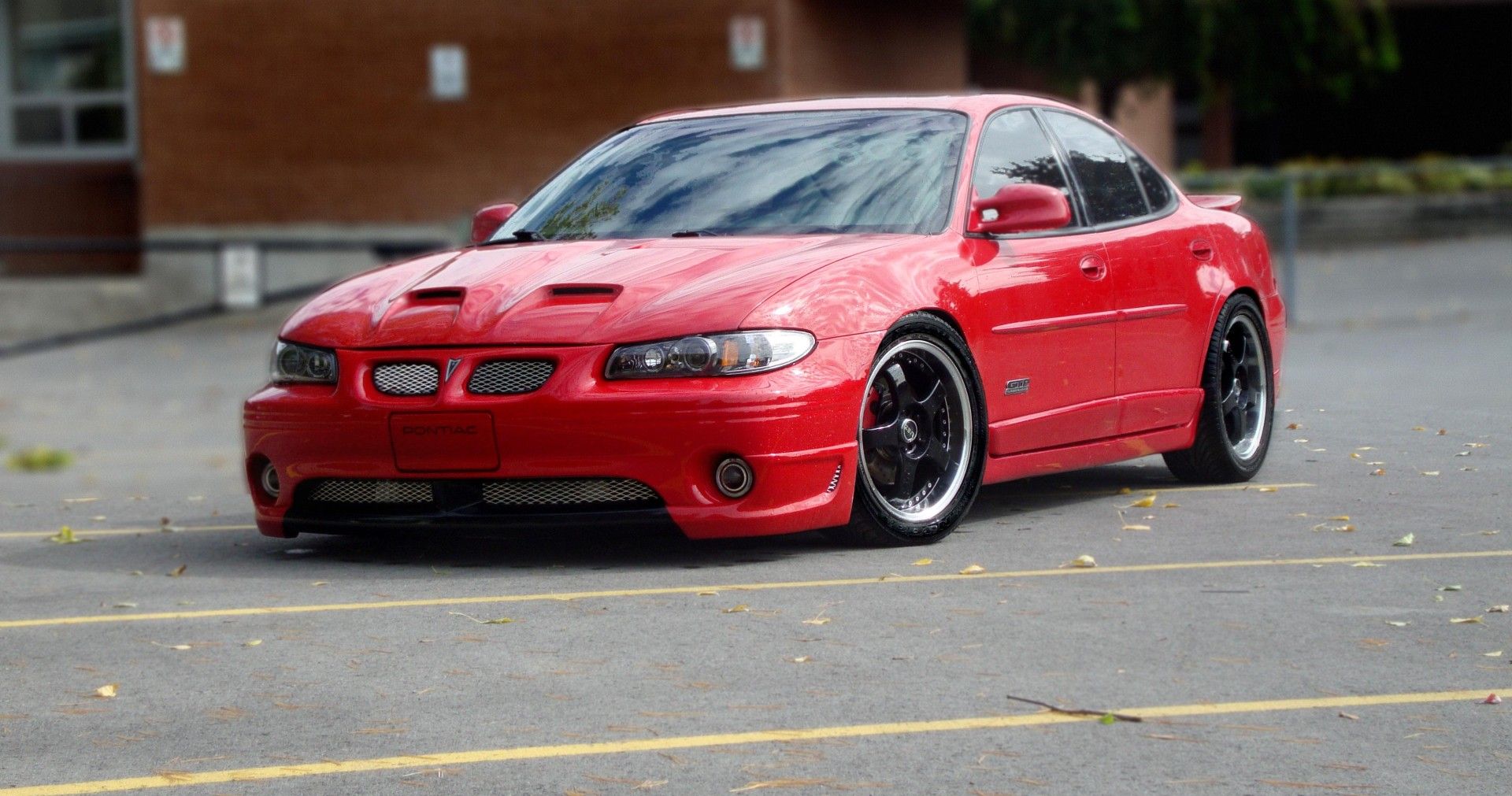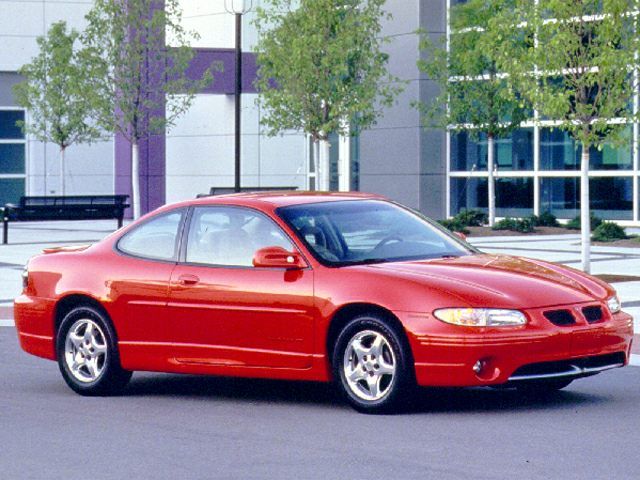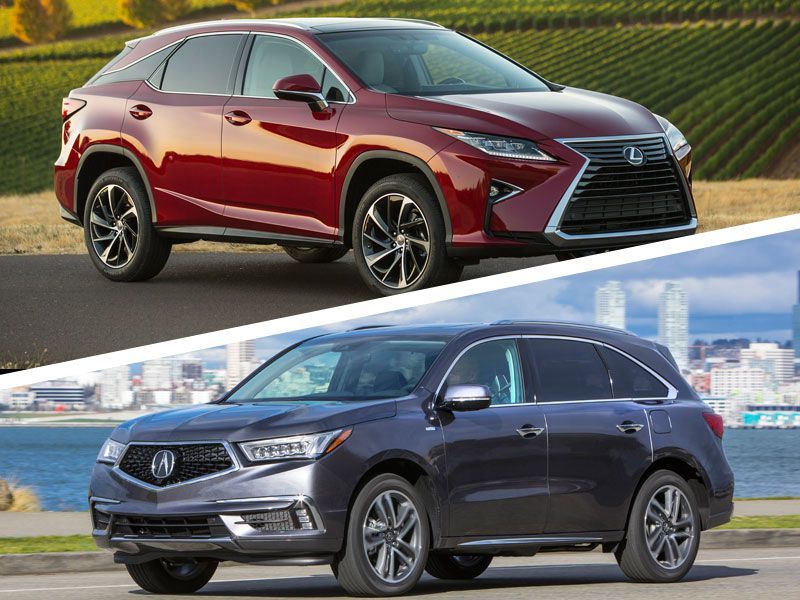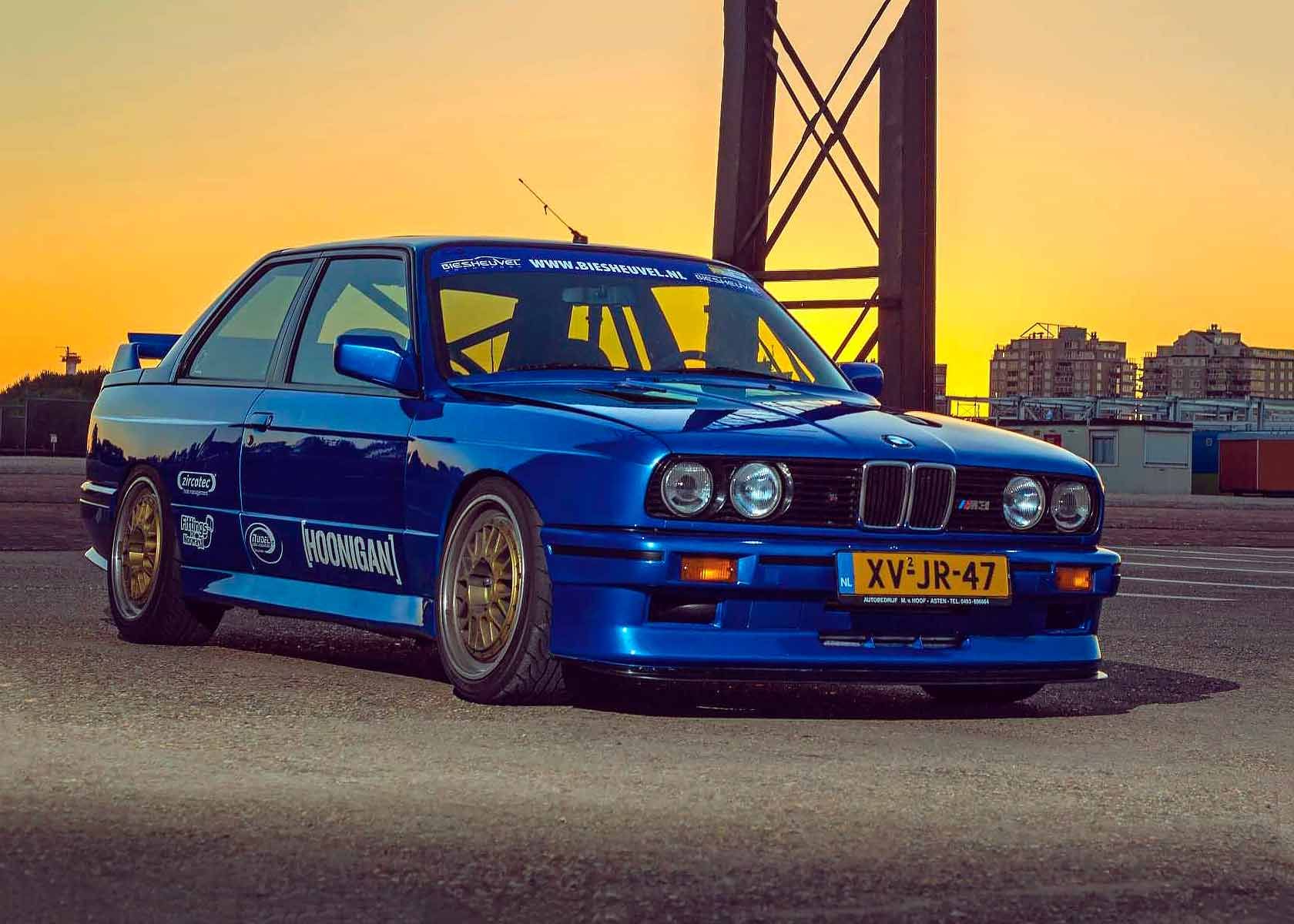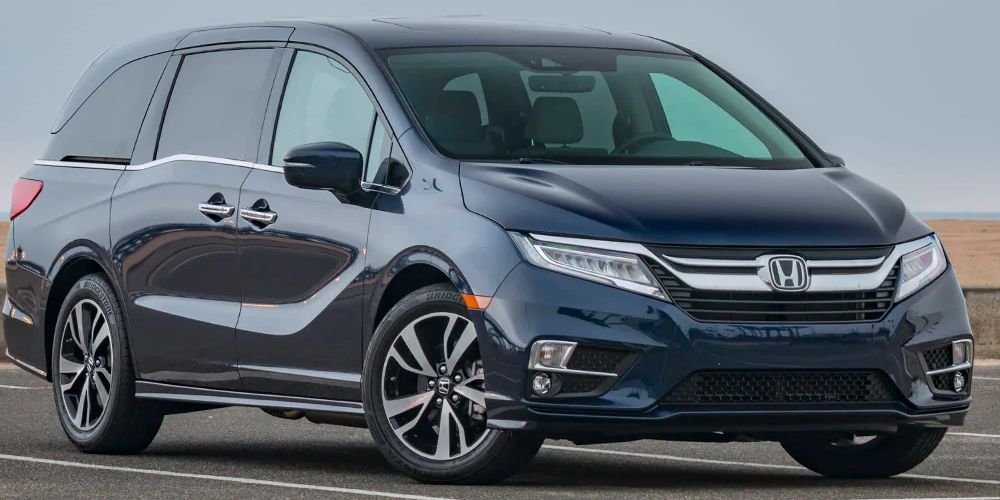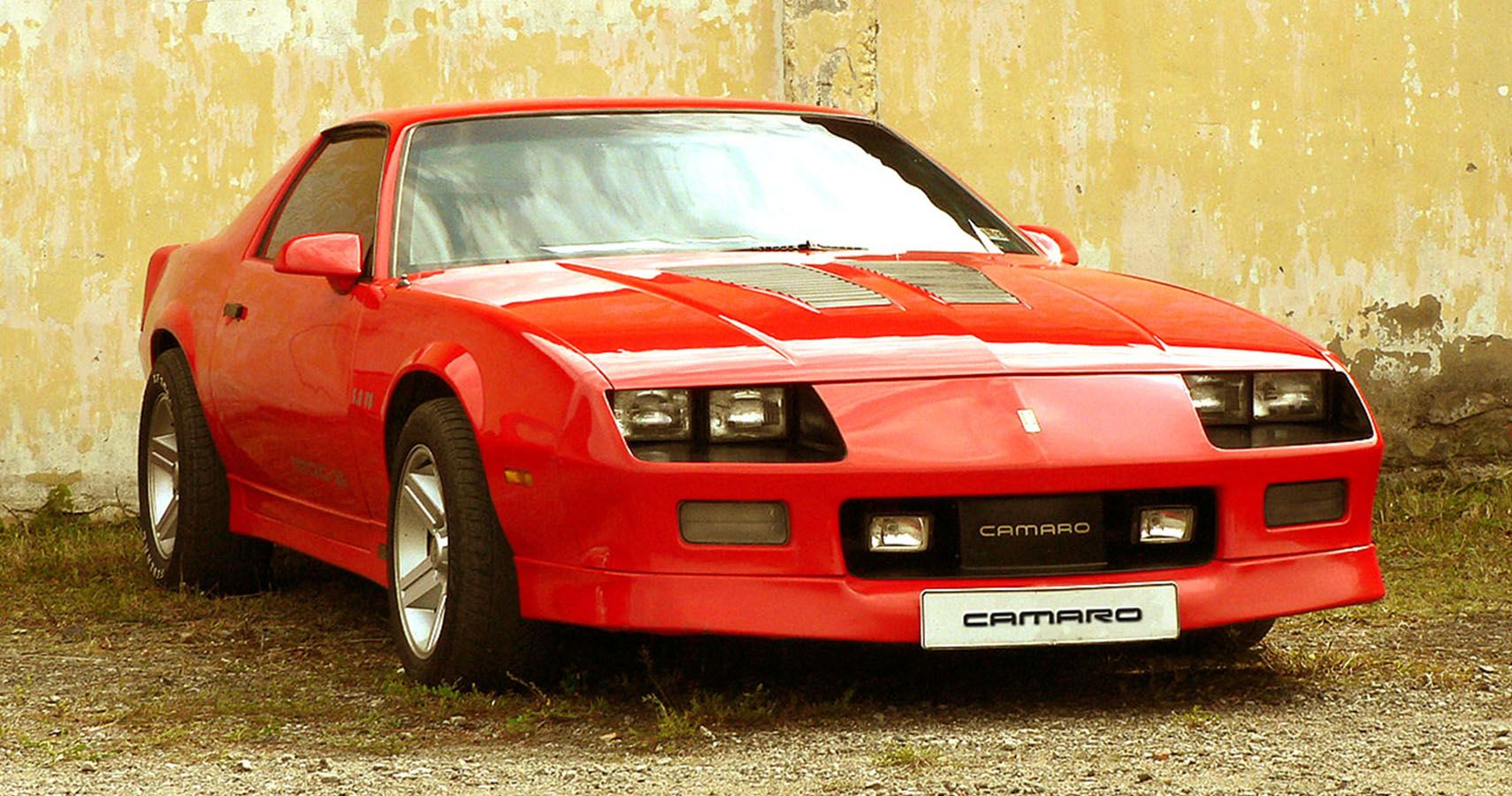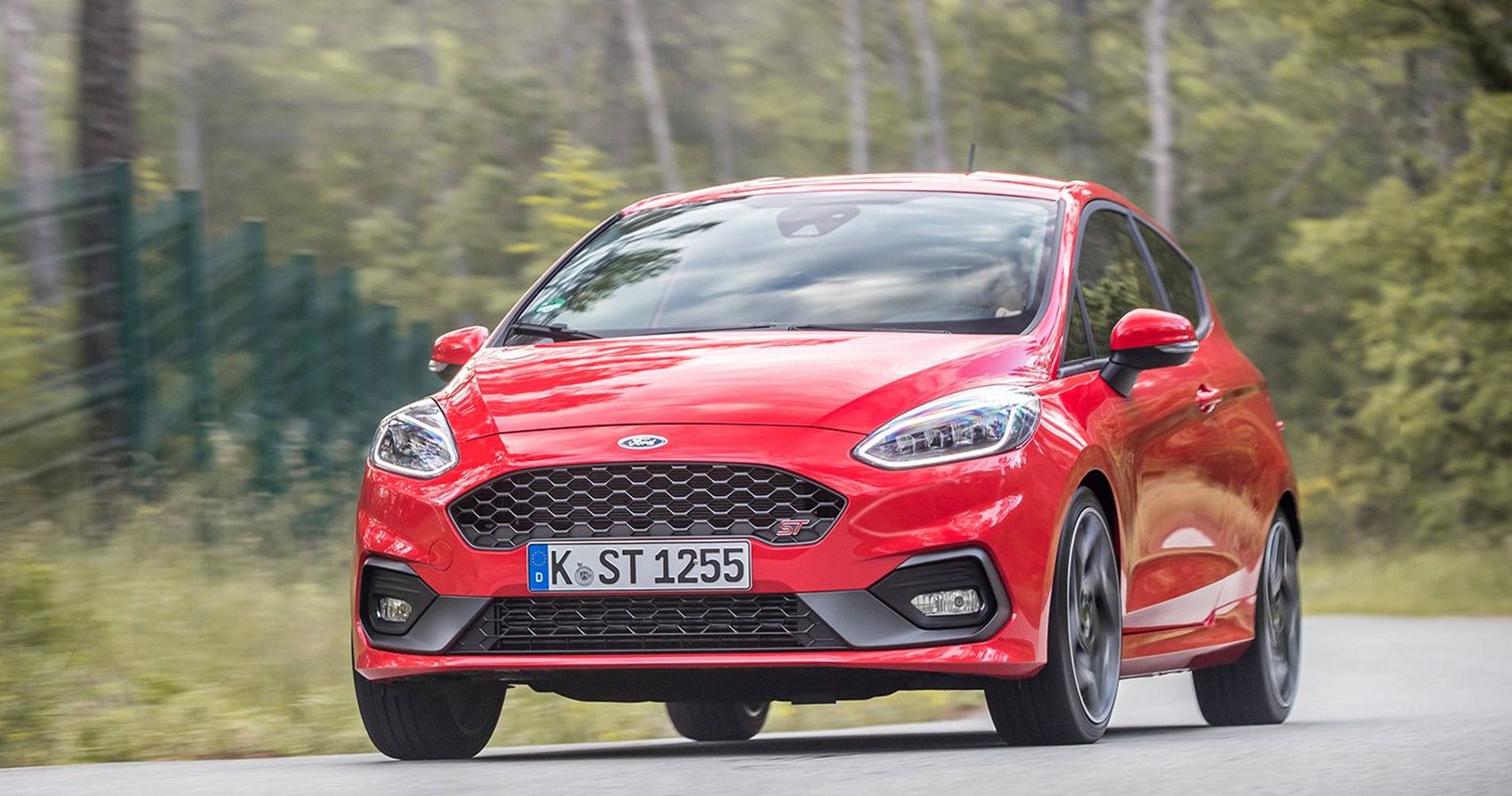It makes sense that the idea of what makes a fast car fast has changed a bit over the course of more than 100 years of automotive development. Rapid advancements in technology mean that speeds once possible in only high-end sports cars and supercars can now be achieved with your average daily driver. This break-neck pace of development in automobiles is most apparent when looking at sports cars from the second half of the 20th century. People hold cars from this time period in such high regard that calling them slow by modern standards almost feels insulting.
Sadly, the facts are the facts, and today, we're going to look at some cars that were once called fast but aren't by modern standards.
Pontiac Grand Prix GTP
The late 1990s were a shaky time for General Motors. It had only just recovered from a 25-year tailspin caused by the 1970s oil crisis. During this time, tighter emissions standards led to the complete obliteration of the American muscle car. The Grand Prix GTP was one of GM's first solid attempts at bringing a competitive sports saloon to market on par with the BMW M5 and the Ford Taurus SHO. The supercharged V6 under the hood was peppy for its time, especially when you consider other American cars at the time were often insultingly underpowered; 0-60 moh took around 6.5 seconds in this big American sedan. This wasn't bad for its day, but in 2020, these kinds of figures are doable in a crossover SUV.
Modern SUVs Are Just As Quick
The 2020 Acura MDX and Lexus RX 350 are three-row luxury SUVs, but these two and a half-ton machines sprint to 60 mph in the same time as the Pontiac. The Grand Prix GTP's selling point positioned it as an American sports saloon for the masses. When a family grocery getter is just as fast, it definitely takes away quite a bit from the appeal.
E30 BMW M3
In terms of iconic German sports cars, the original E30 BMW M3 is probably the most iconic and fanatically worshiped of any other in history. First forged in the high-impact world of touring car racing, the E30 was the genesis of a new era of performance car design supported by state of the art computers. In a period when many new cars still had carburetors on their engines, the E30 was an electronic flash in a still very analog world. The "S14" four-cylinder engine was stroked from 2 to 2.5 liters over the five-year production run and was good for zero to 60 in 7.1 seconds and a top speed of 146 mph. That was well above average when the E30 was new, but not anymore.
Beaten By A Minivan
The Honda Odyssey seats five more people than the E30, is over a ton heavier, and is regularly bought by suburban families that never take it past the speed limit. That doesn't stop it from being over half a second quicker than the E30 M3 to 60 miles per hour while also being substantially more fuel-efficient.
While it may seem like this minivan defies the law of physics, there's a simpler explanation: advancements in engine technology, and other breakthroughs, mean that this unassuming people carrier is faster in almost every way than the E30 while also being well, a minivan.
Anyone who buys an E30 today hopefully isn't buying it for the all-out speed because they're in for some disappointment. Instead, it should be enjoyed for being a wonderful car to drive at any speed.
Chevrolet Camaro Iroc-Z
Third generation Camaros are some of the most polarizing car models. There's a razor-sharp divide between people who love them and those that despise them. In the days before the GM LS motor, Camaro owners had to make do with the old school 5.7 liter 350 Chevy small-block, not a bad engine, but undeniably outdated. Doing 0-60mph was achieved in 6.4 seconds. Not bad for the time, but nowadays, that can be done in a hatchback.
Related: Hemmings Find: 20k-Mile 1987 Camaro IROC-Z Hardtop
A Fiesta Is Faster
As polarizing as the Camaro IROC-Z was, the Ford Fiesta ST is equally as universally beloved for being one of the most insane hot hatchbacks you can buy. This turbocharged, four-cylinder pocket rocket has over four liters less displacement than the Camaro IROC-Z but still zips to 60 miles an hour in the same amount of time the big muscle car did when it was brand new. When you factor in that you can buy the Fiesta ST brand new with a factory warranty and that Camaros from the late 80s are notorious for falling apart, it's getting hard to justify a third-gen Camaro as a smart purchase.
The most important thing to remember when talking about classic sports cars is that it doesn't matter whether regular cars made afterward are faster at the end of the day. Even if an SUV, hatchback, or minivan could beat it on a drag strip, these cars are still far better as a holistic driving experience. When viewed through that lens instead, classic sports cars still make just as much sense as they did when they were brand new.
Sources: zeroto60times.com

